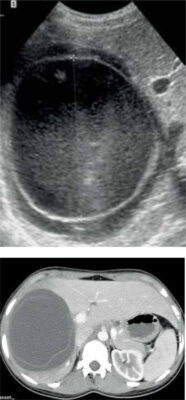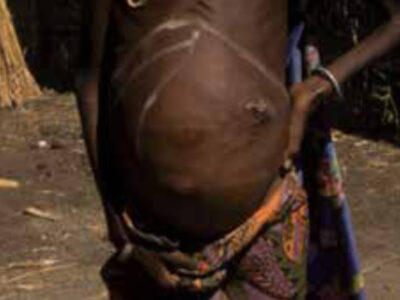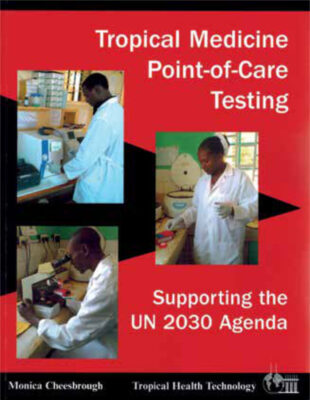
Neglected Tropical Diseases
Editorial
Neglected tropical diseases (NTDs) represent a group of conditions that originally by and large represent the classical tropical diseases other than malaria. They were recognized around 2000, a time when most of the research and funds in tropical medicine went to ‘the big three’: malaria, tuberculosis and HIV/AIDS. The NTDs are characterized by their tendency to affect poor populations who have no access to appropriate health care or safe and effective drugs and are severely neglected in terms of research. For example, sleeping sickness was still being treated by intravenous administration of toxic drugs based on heavy metals (arsenic) that could actually kill the patient. More than a billion people worldwide are infected with one or more NTDs. The World Health Organization (WHO) currently has twenty diseases in its portfolio, and these now also include relative newcomers such as mycetoma and scabies. The full list of NTDs is much longer (see table on page 5). The WHO policy on NTDs can be found in the recently published roadmap for 2021 – 2030. [1] In this issue of MT bulletin, we address some of the more classical NTDs in which major progress has been made. The Drugs for Neglected Disease initiative (DNDi) Geneva, Switzerland features in three articles illustrating how new and safe treatments can be delivered using a bench to bedside approach. This has been achieved for sleeping sickness and leishmaniasis, while new (badly needed) approaches are planned for onchocerciasis to supplement mass drug administration (MDA). DNDi has received support for many years, among other donors, from the Netherlands Ministry of Foreign Affairs; this is money well spent! More new treatments will be delivered in the years to come (www.dndi.org), and there is no other option than going full speed ahead with this successful model. Admit it: you have not been paying much attention recently to leprosy and thought it was eliminated. Think again: the disease is still with us and needs continuous monitoring to avoid complacency. Luckily, major progress has been made in prevention by post-exposure prophylaxis using a single dose of rifampin. Another relatively new condition on the NTD list is Buruli ulcer, and the first drug studies are underway. Besides improved drug treatment, mathematical modelling has become essential for control efforts, being of great value in giving insight into disease development and predicting the effects of interventions. This is now available for a wide range of tropical diseases. In summary, major progress has been made in the field of NTDs. The challenge lies in ensuring ongoing support for the various efforts and providing for the sustainability of all programs and achievements.
Ed Zijlstra
Olga Knaven
References
- Ending the neglect to attain the sustainable development goals: a road map for neglected tropical diseases
2021-2030. Geneva: World Health Organization; 2020. 55 p.























































